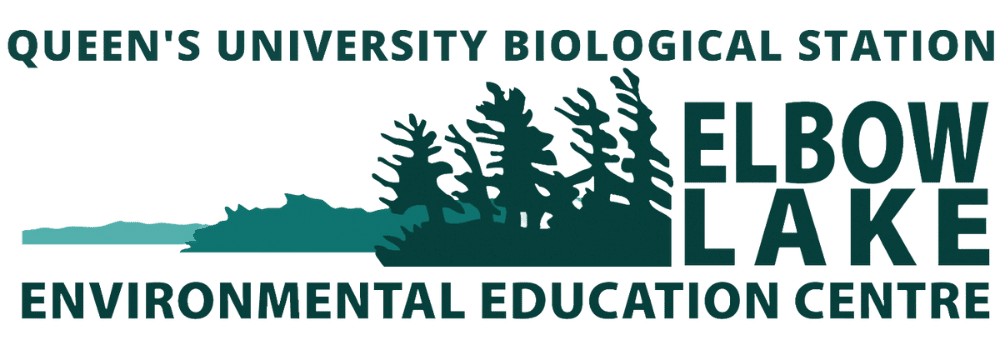We recommend inviting an Indigenous language speaker into the learning space when teaching about Indigenous languages.
Instructions:
- Teacher discusses with students how the English language separates us from the land while Indigenous languages connect us to the land. For instance, in the English language many words, phrases, idioms and sayings with negative connotations are connected to nature. Teacher can brainstorm with students a list of English words associated with nature that have negative connotations. (Ie: Dirty language/jokes, a soiled reputation, a seedy neighbourhood, watering things down, going nuts, being a guinea pig, freak of nature, etc.) Teacher then challenges students to think of English words, connected to nature, that have a positive association (force of nature, a ray of sunshine, down to earth, reach for the stars, tip of the iceberg, etc.)
- In contrast in many Indigenous languages, words can be found that honor and create relationship with the land. Teachers uses Indigenous Languages.pdf to introduce this concept to students.
Extension Activity: Place Names
There are at least 30,000 place names in Canada whose names come from anglicized versions of Indigenous languages.
- For this activity, teachers start by having students brainstorm in small groups any city or province names that have Indigenous language origins and discuss as a class.
- Resource for a starting point: https://www.thecanadianencyclopedia.ca/en/article/largest-cities-in-canada-with-an-indigenous-name
- Next, students in pairs can look at Indigenous Place Names.pdf. In pairs, or small groups, student determine what the anglicized name for each place is. Teacher can next lead a discussion with students about how place names in Canada commonly come from anglicized versions of Indigenous words.
- Teachers can lead a discussion with students about what the place names reveal about what land looked like prior to colonization. For example, Katarokwi means place of mud and sticks. This name points to what the land Kingston was built on looked like prior to colonial changes.
- Resource to explore as an extension: https://rb.gy/54c9v



